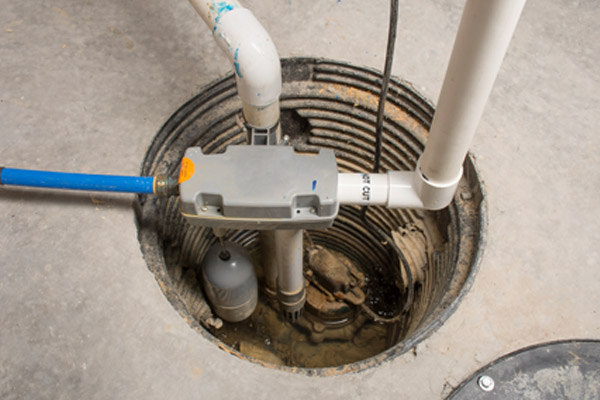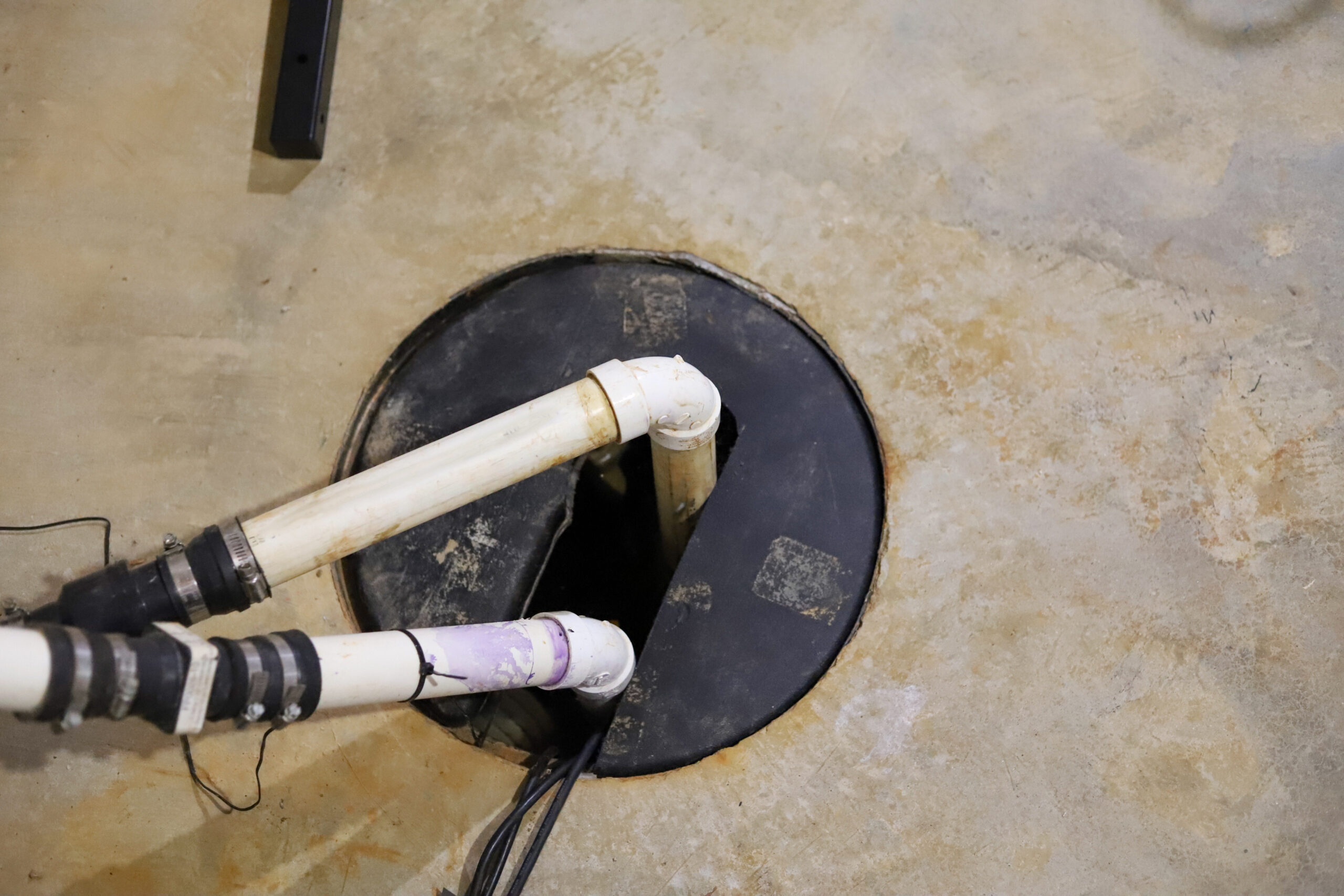We have stumbled on this article relating to Keep Your Sump Pump Clean, It'll Keep You Dry down the page on the internet and figured it made sense to share it with you here.

Sump pumps are essential elements in lots of homes, specifically in locations prone to flooding or excessive dampness. They help stop water damage by efficiently removing excess water from basements or crawl spaces. However, like any other home appliance, sump pumps require routine upkeep to guarantee they work properly when needed the most. Cleansing your sump pump is an essential part of its maintenance, and recognizing how to do it correctly can save you from expensive repair services and possible disasters.
Introduction
Keeping a clean sump pump is important for its proper functioning and durability. Disregarding this vital task can lead to clogs, breakdowns, and ultimately, water damage to your residential or commercial property. For that reason, finding out just how to clean a sump pump is critical for house owners who depend on these devices to keep their cellars completely dry and protected.
Recognizing the Sump Pump
Prior to diving right into the cleansing procedure, it's necessary to have a standard understanding of exactly how a sump pump functions. Generally set up in a pit or container listed below the basement flooring, a sump pump includes numerous crucial parts, including a pump, a float switch, and a discharge pipe. When water accumulates in the pit, the float switch triggers the pump, which then pumps the water out via the discharge pipeline, far from the building's foundation.
Indicators of a Dirty Sump Pump
Knowing when your sump pump needs cleansing is vital for preventing possible breakdowns. Some common indications that suggest an unclean sump pump include weird sounds during operation, lowered water flow, and noticeable particles in the pit. If you discover any one of these symptoms, it's necessary to clean your sump pump immediately to prevent any kind of more problems.
Planning for Cleansing
Prior to you start cleansing your sump pump, it's important to take some safety and security preventative measures. Begin by shutting down the power to the pump to prevent any kind of electric accidents. Additionally, put on proper protective equipment, such as handwear covers and safety glasses, to safeguard yourself from dust, debris, and potential virus.
Step-by-step Guide to Cleaning a Sump Pump
Turning off the Power
Begin by detaching the power supply to the sump pump to stop any kind of accidents while cleaning.
Removing Debris and Dust
Make use of a bucket or an inside story to get rid of any type of noticeable debris, dirt, or debris from the sump pit. Dispose of the debris effectively to avoid it from clogging the pump or the discharge pipeline.
Cleaning up the Pump and Float Switch
When the pit is clear of debris, very carefully eliminate the pump from the pit. Check the pump and the float button for any kind of signs of damages or wear. Make use of a soft brush or cloth to clean the surfaces and remove any built up crud.
Purging the System
After cleansing the pump and float switch, flush the sump pit with clean water to remove any kind of remaining dirt or sediment. This will aid guarantee that the pump operates efficiently and effectively.
Checking for Proper Performance
Prior to reinstalling the pump, carry out a fast examination to guarantee that the float switch triggers the pump properly. Put some water into the sump pit and observe the pump's procedure. If every little thing is functioning properly, you can reconstruct the pump and reconnect the power supply.
Maintenance Tips to Maintain Your Sump Pump Clean
In addition to periodic cleaning, there are several maintenance suggestions you can follow to keep your sump pump in ideal problem:
Verdict
Cleansing your sump pump is an essential element of its upkeep and makes certain that it operates properly when you need it one of the most. By complying with the actions described in this guide and including regular upkeep right into your regimen, you can expand the lifespan of your sump pump and secure your home from water damages.
6 STEPS ON HOW TO CLEAN A SUMP PUMP PROPERLY
UNDERSTANDING SUMP PUMPS
Your sump pump plays a crucial role in protecting your home by managing and removing excess water. It primarily functions as a “shield”, guarding your basement against the damaging effects of water accumulation. The pump is housed in a sump pit in the lowest part of your basement, and its job is to pump out any water that collects there.
During heavy rainfalls or when snow melts rapidly, water can infiltrate your basement, posing potential risks like flooding, structural damage, and harmful mold growth. Here, the sump pump springs into action, pumping out the intruding water and directing it away from your home.
SAFETY FIRST
Before cleaning, remember to prioritize safety. Disconnect the sump pump from the power source to prevent any accidental electric shocks. Also, wear sturdy gloves to protect your hands from any sharp or dirty components within the pump.
REMOVE THE SUMP PUMP
After ensuring your safety, the next step is to remove the sump pump from its pit. Doing this might require careful maneuvering as you don’t want to damage any pump components. Once removed, clean the sump pit to remove any accumulated debris or sludge.
INSPECT THE PUMP
Inspect the pump for any visible signs of wear or damage. Check the power cord, float switch, and impeller housing. If any components look worn out or damaged, consider replacing them to ensure optimal performance.
CLEAN THE PUMP
Thoroughly clean the pump with warm, soapy water. Make sure to rid it of any dirt, gravel, or other debris that might impede its performance. You can use a toothbrush to clean the small, hard-to-reach parts of the pump.
REINSTALL THE SUMP PUMP
Reinstall the pump into the sump pit Make sure it’s positioned correctly to remove the water effectively Once it’s back in place, reconnect it to the power source TEST THE PUMP
Finally, pour some water into the pit to ensure the pump works correctly. It should start automatically and begin pumping out the water; if it doesn’t, check the power source and the positioning of the pump.
Remember, while cleaning your sump pump is an essential part of home maintenance, hiring a professional plumber for a thorough inspection and cleaning at least once a year is also important. This will ensure that your pump is in optimal condition, ready to protect your home from potential water damage.
BEST PRACTICES FOR CLEANING SUMP PUMP DISCHARGE PIPES
Regular Inspection: Regularly inspect your discharge pipes, especially during heavy rainfall or snowmelt periods. Look for any signs of blockage or damage. Early detection of problems can prevent serious issues down the line. Periodic Cleaning: Over time, sediment and debris can accumulate in the discharge pipes, impeding the flow of water. Regular cleaning helps keep the pipes clear and functioning efficiently. You can use a high-pressure water jet to effectively clean the pipes. Insulation During Winter: In colder climates, discharge pipes can freeze, blocking the outflow of water. Protect your discharge pipes from freezing temperatures by insulating them with foam pipe insulation. This will ensure the sump pump can continue to discharge water even in freezing conditions. Proper Positioning: The discharge pipe should be positioned to direct water away from your home’s foundation. Improper positioning can lead to water seeping back into the basement. Ensure the pipe is long enough and angled correctly. Installation of a Check Valve: A check valve prevents water from flowing back into your sump pit after the pump has pushed it out. Installing a check valve helps maintain the efficiency of your sump pump and reduces the risk of flooding. Minimize Pipe Turns: Every curve or turn in the discharge pipe can decrease the efficiency of water flow. By minimizing turns and bends in your discharge pipe, you can increase the efficiency of your sump pump. https://www.fullspeedplumbing.com/how-to-clean-a-sump-pump-properly9999/

I stumbled upon that article about when looking around the web. Sharing is nice. You never know, you may just be doing someone a favor. Many thanks for taking the time to read it.
Recurring Service Plans